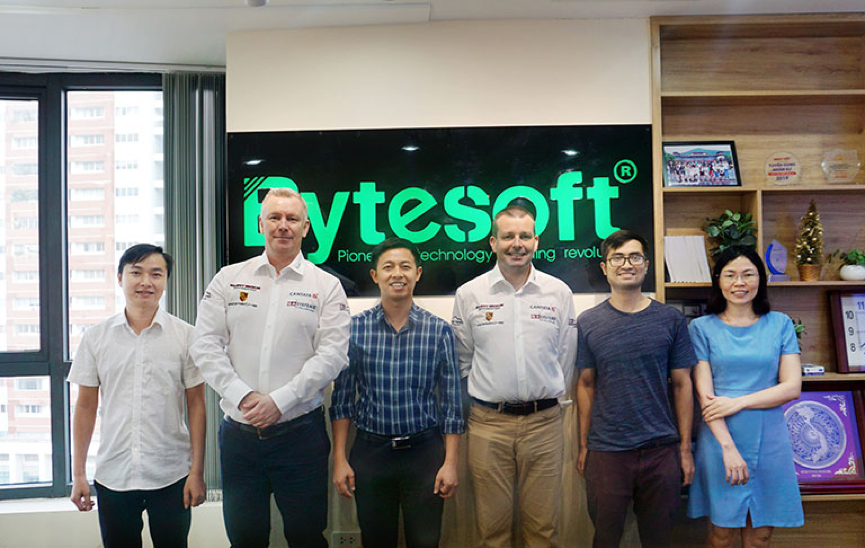In this section, various layers of blockchain technology are presented. It is thought that due to the rapid development and progress being made in blockchain technology, many applications will evolve. Some of these advancements have already been realized, while others are anticipated in the near future based on the current rate of advancement in blockchain technology.
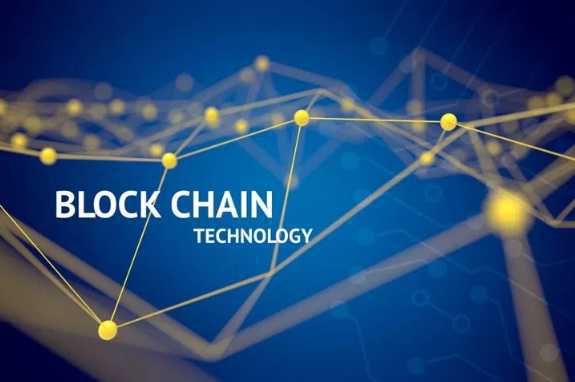
The three levels discussed here were initially described in the book Blockchain: Blueprint for a New Economy Melanie Swan, O'Reilly Media, 2015 as blockchain tiers categorized by applications in each category. This is how blockchain is evolving, and this versioning shows different tiers of evolution and usage of blockchain technology. In fact, all blockchain platforms, with limited exceptions, support these functionalities and applications. This versioning is just a logical segregation of various blockchain categories based on the way that they are currently being used, are evolving, or predicted to evolve.
Also note that this versioning is being presented here for completeness and for historic reasons, as these definitions are somewhat blurred now, and with the exception of Bitcoin (Blockchain 1.0), all newer blockchain platforms that support smart contract development can be programmed to provide the functionalities and applications mentioned in all blockchain tiers: 1.0,2.0,3.0, and beyond.
In addition to Tier 1, Tier 2 and Tier 3, or Tier X in the future, the following represents my own vision of what blockchain technology eventually could become as this technology advances:
• Blockchain 1.0: This tier was introduced with the invention of Bitcoin, and it is primarily used for cryptocurrencies. Also, as Bitcoin was the first implementation of cryptocurrencies, it makes sense to categorize this first generation of blockchain technology to include only cryptographic currencies. All alternative cryptocurrencies as well as Bitcoin fall into this category. It includes core applications such as payments and applications. This generation started in 2009 when Bitcoin was released and ended in early 2010.
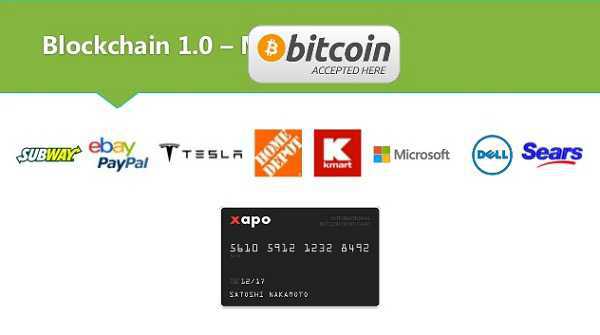
Blockchain Technology 1.0
• Blockchain 2.0: This second blockchain generation is used by financial services and smart contracts. This tier includes various financial assets, such as derivatives, options, swaps, and bonds. Applications that go beyond currency, finance, and markets are incorporated at this tier. Ethereum, Hyperledger, and other newer blockchain platforms are considered part of Blockchain 2.0. This generation started when ideas related to using blockchain for other purposes started to emerge in 2010.
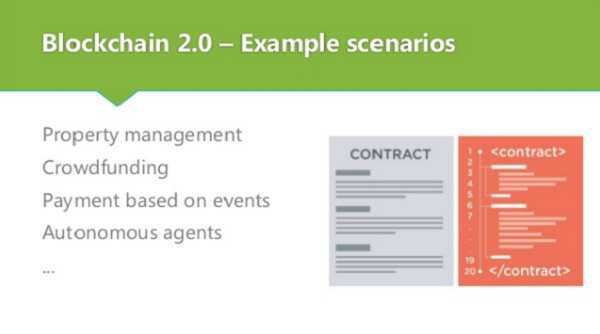
Blockchain Technology 2.0
• Blockchain 3.0: This third blockchain generation is used to implement applications beyond the financial services industry and is used in government, health, media, the arts, and justice. Again, as in Blockchain 2.0, Ethereum, Hyperledger, and newer blockchains with the ability to code smart contracts are considered part of this blockchain technology tier. This generation of blockchain emerged around 2012 when multiple applications of blockchain technology in different industries were researched.
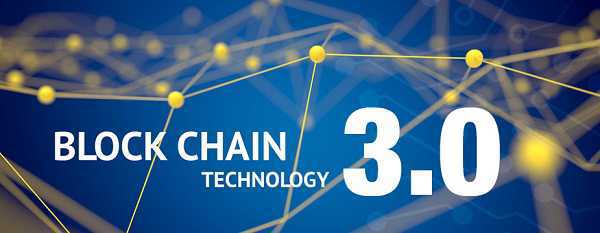
Blockchain Technology 3.0
• Blockchain X.0: This generation represents a vision of blockchain singularity where one day there will be a public blockchain service available that anyone can use just like the Google search engine. It will provide services for all realms of society. It will be a public and open distributed ledger with general-purpose rational agents {Machina economicuỉ) running on a blockchain, making decisions, and interacting with other intelligent autonomous agents on behalf of people, and regulated by code instead of law or paper contracts. This does not mean that law and contracts will disappear, instead law and contracts will be implementable in code.
Machina Economicus is a concept which comes from the field of Artificial Intelligence (AI) and computational economics. It can be defined as a machine that makes logical and perfect decisions. There are various technical challenges that need to be addressed before this dream can be realized.
Learn more: Blockchain application in Medical

